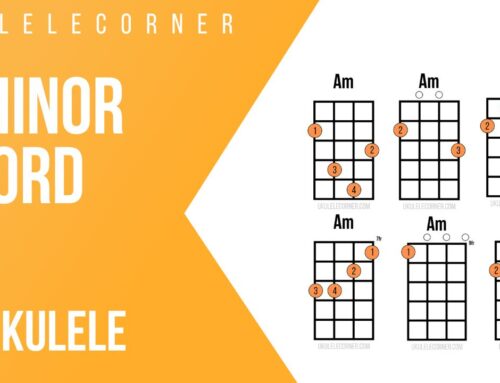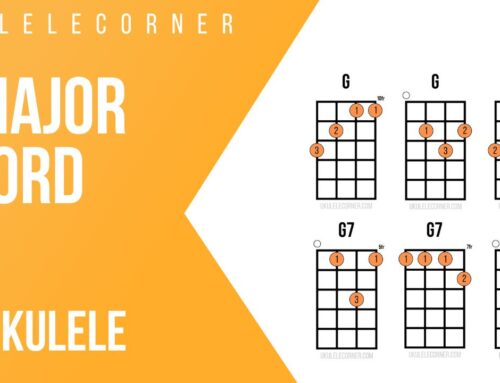Blues Solo in C for Ukulele
In this video Jeff gives you a lesson on how to play a blues solo in C for ukulele. This is Jeff’s own improv composition and follows a simple 12-bar blues. But what really makes this blues come alive is all the riffs, licks, and phrases. And that’s where the focus is in this lesson.
Blues Turnaround
We actually start this piece at the end: with the last phrase of the 12-bar blues, the turnaround. The turnaround uses the following chords: V-IV-I-V. Starting with an intro gives us the opportunity to introduce some riffs and setup the progression with style.
12-bar Blues Progression
Next we move into the 12-bar blues progression in the key of C. Typically that would be: I-IV-I-I-IV-IV-I-I-V-IV-I-V. However, here in this shuffle Blues, we dwell on the first chord longer: I-I-I-I-IV-IV-I-I-V-IV-I-V. Staying on the root chord longer allows us more time for creative phrases and licks.
Rhythmic Feel
A big part of the “shuffle” feel is the triplets that come up every time we cycle back to the beginning of the progression. But notice other times instead of emphasizing the first note of the triplet, we can create a different feel by emphasizing the second note. These triplet licks add syncopation and keep the music feeling free.
Have Fun!
The best way to make this blues come alive is to try things out and have fun while you’re doing so! Improvise your own riffs and licks. To start stay close to the chord tones, but explore all the ways you can make those tones come alive. Slide into a note, bend a note, give accents on offbeats to create syncopation. Soon your blues will have the feel it should. Have fun!
Blues Course at Ukulele Corner Academy
This Blues Solo comes from our Blues Course at Ukulele Corner Academy. This course looks at the blues in a progressive, structured way, starting with the basic blues progression, interpreting that progression in different keys, and chord voicings for learning accompaniment.
Next we focus on chord and guide tones for connecting the chords and how they bring out the sound of the music. After that you’ll learn how to play walking bass lines and different rhythms in the music, followed by blues phrases. And then we learn solo pieces that put these pieces together in different styles like delta blues, gospel, and more.
The last part of the course looks at some classic blues songs, but also different progressions, like the 8-bar progression and minor blues, with a final look at blues music that start to move into jazz.
Want to learn how to play blues on ukulele? Get started with this Blues Solo in C, but come get access to all the rest at Ukulele Corner Academy. Join Ukulele Corner Academy today!




I’m interested in the blues course. Can I get the music for blues solo in C?
Bob
Aloha Bob,
You can find the Blues Course in the Library here:
https://ukulelecorner.com/blues-course/
That solo is in Unit 5.
Mahalo,
Jeff